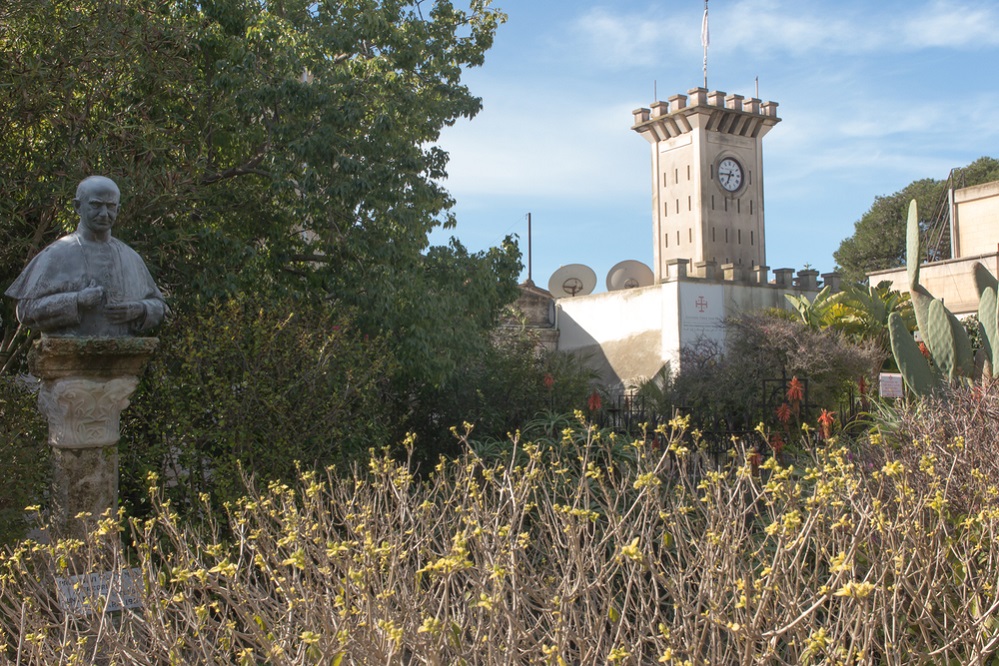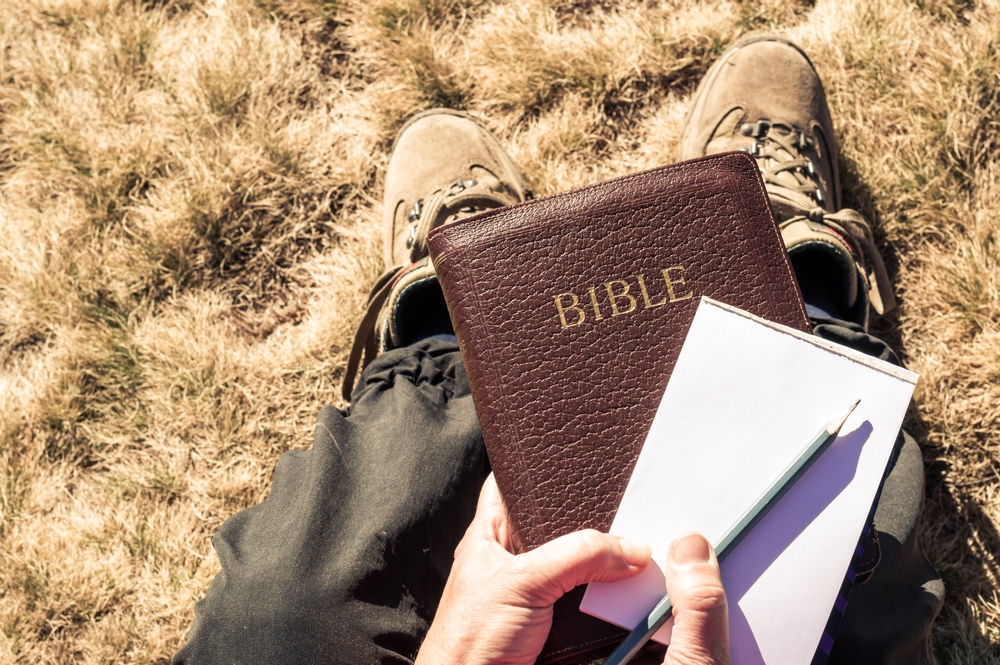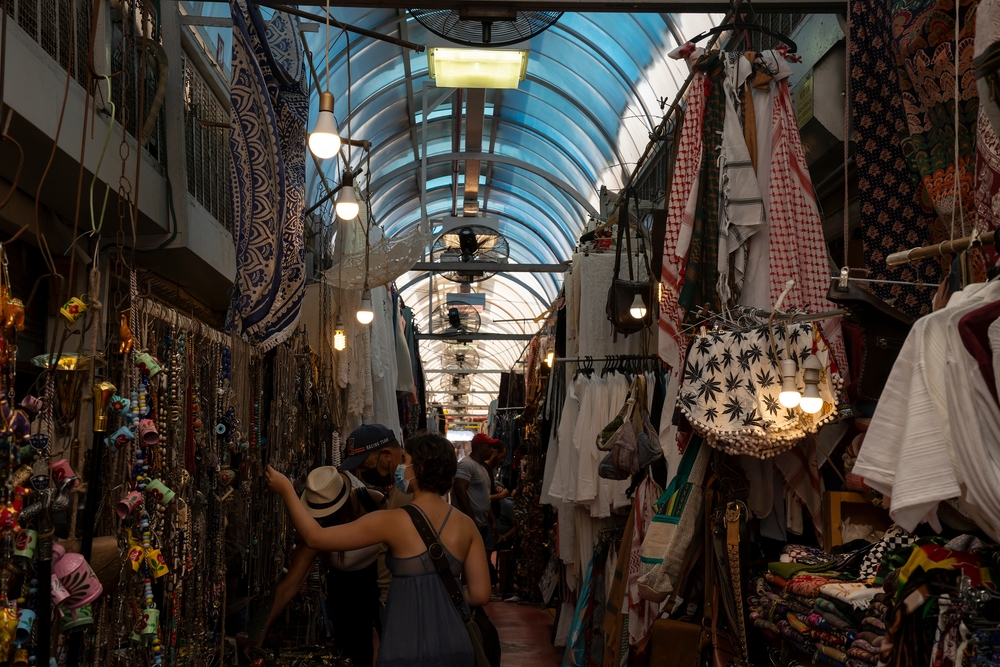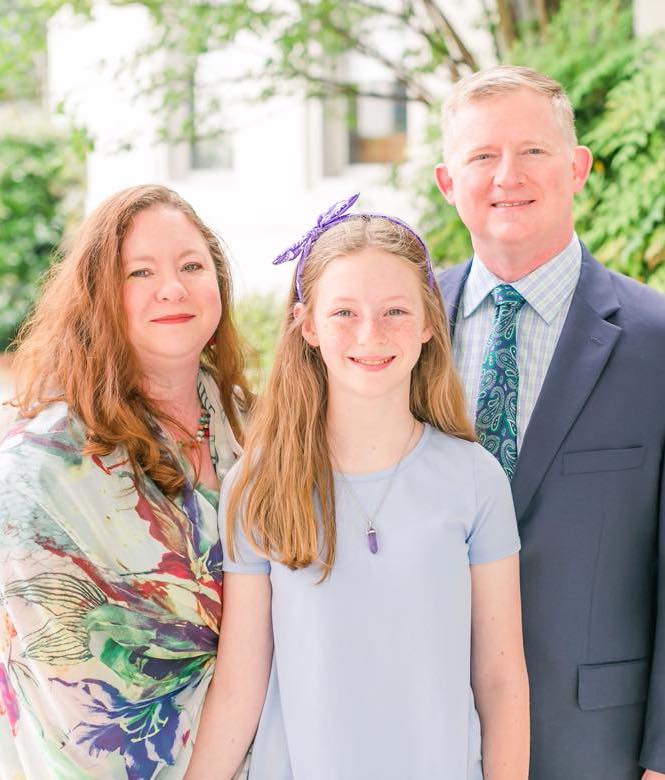Romi Hector
Expertise
Copy Editing and Proofreading
Education
BA in English Language and Literature and Linguistics at the University of Cape Town
Experience
Using her knowledge of the English language, Romi Hector is building a career in the editing and proofreading industry. She has experience editing many different kinds of writing, including academic and educational writing. Using this experience, she works alongside different writers to produce polished, grammatically correct content across different platforms.
About Artza's Editorial Process
At Artza, our team of experienced writers and editors strive to bring you stories from the Holy Cities of the Christian Bible and grow your faith in God. We review Artza's content to ensure theological relevance and accuracy. We only source content from the Bible, reputable sites, and academic research institutions and cite these wherever relevant. Learn more about our editorial process here.
Latest from Romi Hector
Articles
Answers
Was the Wine From the Bible the Same as Today?
At the time that Jesus walked the earth, wine was made using a much simpler process than that of today. In our modern world, extensive and rigorous procedures create one of our favorite drinks using sugar, chemicals, and other additives. But how different is it from the Bible's wine? Was There Alcohol in Biblical Wine? Using sulfur dioxide, Saccharomyces (a cultured GMO yeast), and late-harvest grapes that hold a higher sugar level, we are able to produce an alcohol level of 12–20%. The main ingredient making the difference is modernized yeast. In ancient times, more natural yeast could only create levels of around 4– 11%. Because there were no fridges in Biblical times, the focus was more on preventing fermentation. The various processes used to keep food and drink fresh resulted in lower alcohol levels too. Some of the methods included turning the juice to syrup to be diluted later, boiling and then immediately sealing with beeswax in airtight containers, and drying and then reconstituting the fruit. What Was Wine Like in Biblical Times? Wine made in biblical times underwent a much simpler process: grown and produced naturally without additives, chemical processing, or anything being added or removed. It would have tasted quite different from the wine we enjoy today – perhaps more like grape juice. At the time of writing this article, there are only a handful of wineries that produce anything similar to what Jesus would have drank, as numerous careful conditions and standards would need to be upheld that mimic those of thousands of years ago. Our findings can help to explain why Jesus refused to drink wine during his crucifixion. Looking for a wonderful wine experience in the Holy Land? Have a look at our round-up of top Israeli wineries.
Things to Know About the Jaffa Port
The oldest section of Tel Aviv, located in the southern part of the city, is the ancient (and ongoing) port of Israel. Yafo Israel, Namal Yafo, or Jaffa Port is the oldest seaport in the world, and as such, the biblical significance of Jaffa is strong. It is associated with the stories of Jonah, Solomon, and Saint Peter. Famous for its stunning sunsets, thriving art scene, and sweet oranges, the port beautifully combines old and new into one atmospheric destination. The Jaffa Port is characterized by old brick buildings fringing pretty, winding cobbled lanes. According to legends, Noah's son Japheth founded the city as it provided a wonderful bay overlooking the Mediterranean Sea. Food at the Jaffa Port The Jaffa Port Market is an absolute must-see for food lovers, offering sublime seafood, oysters, and traditional Israeli dishes such as falafal, hummus, and shakshuka. Several meat, fish, and vegetarian specialty stores mean there is something for everyone. Numerous wonderful restaurants, bakeries, cafés, and bars dot the seafront and the historic alleyways. Other Highlights at the Jaffa Port Top places to see in Jaffa include the gorgeous HaPisgah Garden, the captivating Jaffa Clock Tower (which also provides some amazing views), and the fascinating Rokach House Museum, as well as top notch galleries, bookstores, and theaters. Art centers such as Dvir offer different exhibitions every few months; in fact, Jaffa Port is a hub for many artists, and you'll find numerous studios and collectives here.
How Mount Moriah Became Mount Zion
Mount Moriah (or Moriyya in Hebrew) is situated between Kidron Valley and Hagai Valley in Jerusalem, just west of the Mount of Olives. This is where the amazing Temple Mount is located. Is Moriah and Zion the Same? Zion is the highest point in Jerusalem. In biblical times, the two peaks were separated by the Tyropean Valley (also known as the Valley of the Cheesemakers), but over time the valley has been mostly filled and the peaks look as if they are one landmass. Things are further confused by the fact that often the word "Zion" in the Bible referred to a wider area (i.e., the city, not only the peak of Zion). Zion was interchangeable with the "City of David". Mount Moriah was the place where Abraham almost sacrificed his son. A famous Bible quote is, "On the mount of the Lord it shall be provided". And this is what happened. While Abraham held a knife to Isaac's throat and was about to kill him, an angel called out and stopped him, and provided a ram instead. Why Is It Called Mount Zion? The name is a pre-Israelite Canaanite name referring to the hill upon which Jerusalem was built (and then later used to reference the city). However, these days, Mount Zion refers to the area of both "peaks". What Does Zion Symbolize? Mount Zion, if we look at it as a separate hill, is the place where God always welcomed His followers with open arms. Numerous important events in the Bible took place there (including the Last Supper) that signify a movement closer to God, even in the literal sense. These are just two of the important holy mountains in Israel.






